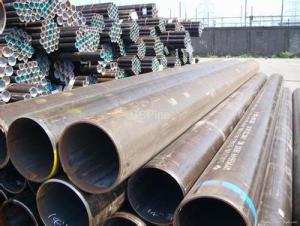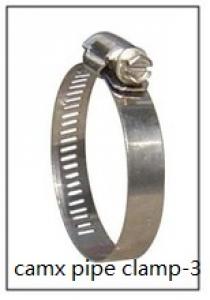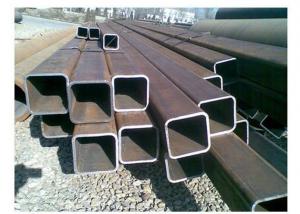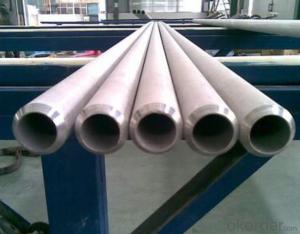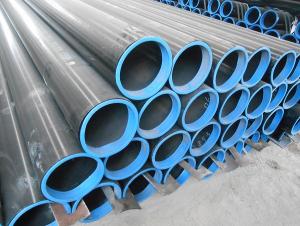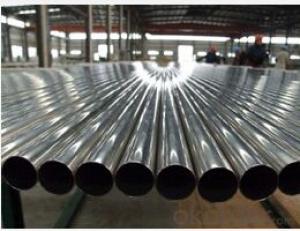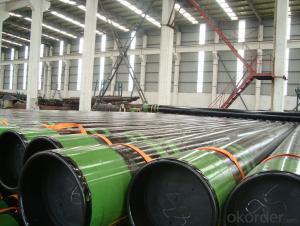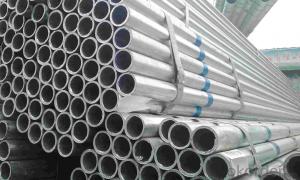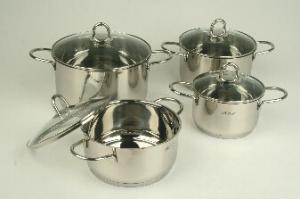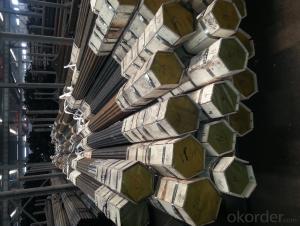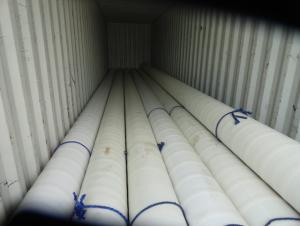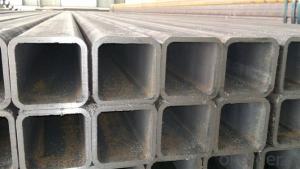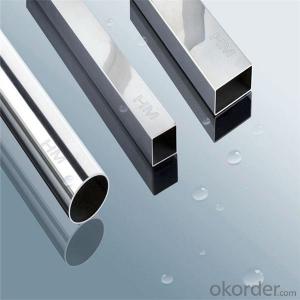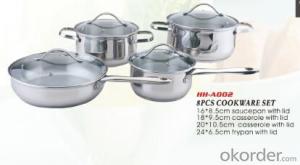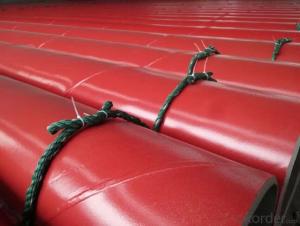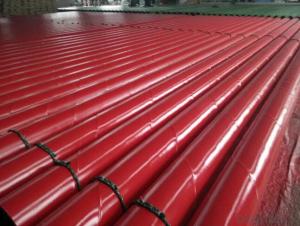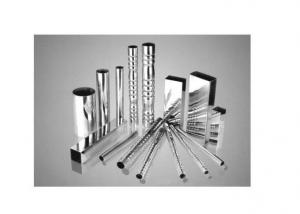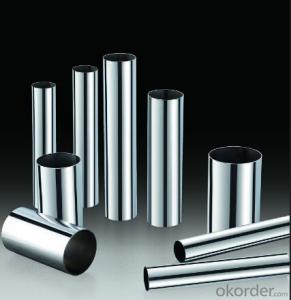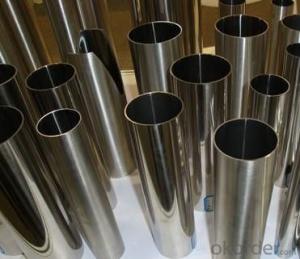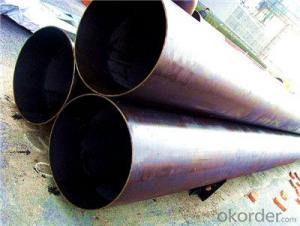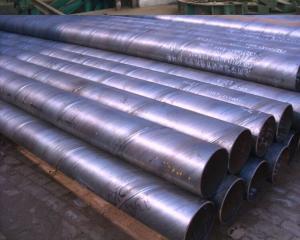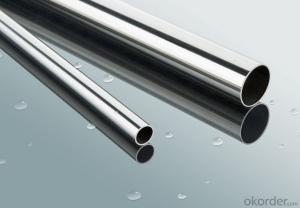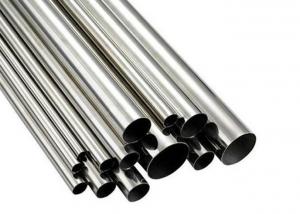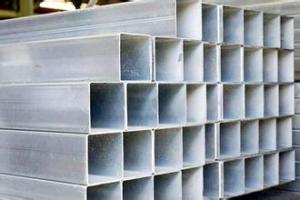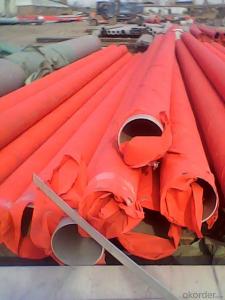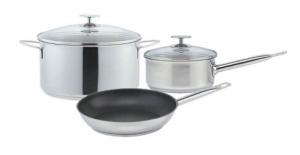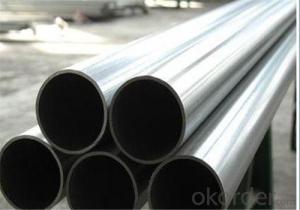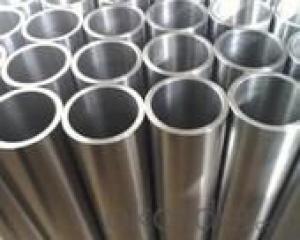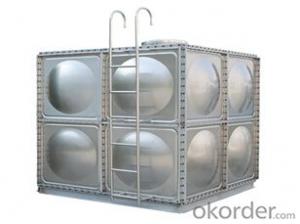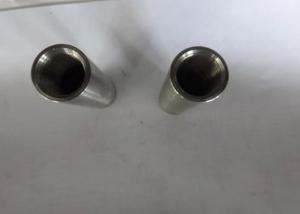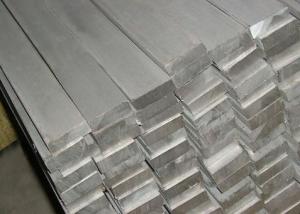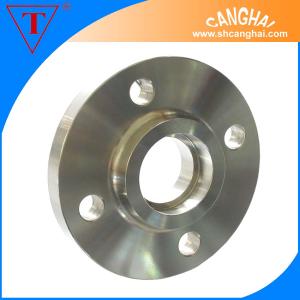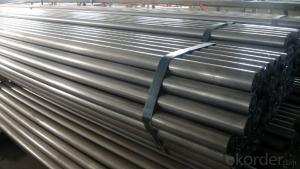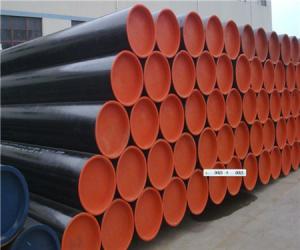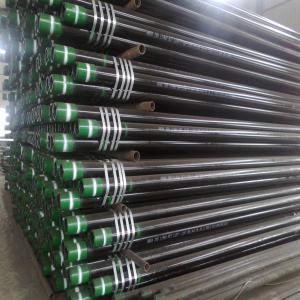2 Stainless Steel Pipe
2 Stainless Steel Pipe Related Searches
2 Inch Stainless Steel Pipe 2 Stainless Steel Tubing 1 2 Stainless Steel Pipe 1 1 2 Stainless Steel Pipe 4 Stainless Steel Pipe 3 Stainless Steel Pipe 1 Stainless Steel Pipe Stainless Steel Pipes 6 Stainless Steel Pipe 1 2 Stainless Steel Tubing Stainless Steel Piping 3 4 Stainless Steel Pipe 1 2 Inch Stainless Steel Tubing 2 1 2 Cast Iron Pipe 1 Inch Stainless Steel Pipe Stainless Steel Threaded Pipe Pipe Stainless Stainless Steel Screen Pipe Stainless Steel Flue Pipe 4 Inch Stainless Steel Pipe Stainless Steel Chimney Pipe Stainless Steel Smoker Pipe 3 Inch Stainless Steel Pipe Stainless Steel Tubes 1 Stainless Steel Tubing 3in Stainless Steel Pipe Stainless Steel Pipe Clamps Stainless Steel Pipe Sizes Stainless Steel Pipe Fitting 1 2 Stainless Steel Rod2 Stainless Steel Pipe Supplier & Manufacturer from China
2 Stainless Steel Pipe, a versatile and durable material, is widely recognized for its corrosion resistance and strength. This type of pipe is manufactured from austenitic stainless steel, which is known for its excellent formability and weldability. The 2 Stainless Steel Pipe is commonly used in various industries, including construction, automotive, and food processing, where its resistance to corrosion and ability to withstand high temperatures make it an ideal choice for applications such as water and gas pipelines, exhaust systems, and food processing equipment.The 2 Stainless Steel Pipe is also favored for its aesthetic appeal, as it can be polished to a mirror-like finish, making it suitable for architectural and decorative purposes. Its non-magnetic properties and low maintenance requirements further enhance its appeal in a range of applications. Whether used for structural support, fluid transport, or as a component in mechanical systems, the 2 Stainless Steel Pipe's reliability and longevity make it a popular choice among engineers and designers.
Okorder.com is a reputable wholesale supplier of 2 Stainless Steel Pipe, offering a vast inventory to cater to the diverse needs of clients across different sectors. With a commitment to quality and customer satisfaction, Okorder.com ensures that the 2 Stainless Steel Pipe they provide meets the highest industry standards. Their extensive stock allows for quick turnaround times and the ability to fulfill large orders, making them a preferred supplier for businesses looking to source this product in bulk.
